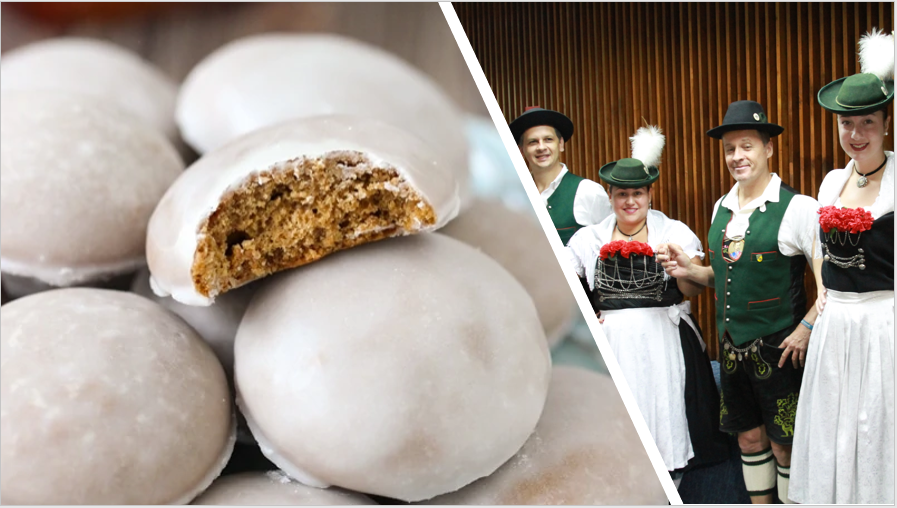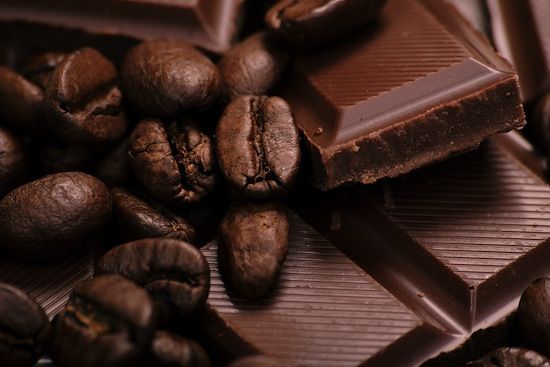
We asked the US Library of Congress about the history of pão de mel and the Hispanic Division Reference Librarian responded with two plausible theories about the origin of these delicious cakes.
THE FIRST theory is that pão de mel is a spinoff of the Russian Pryaniki, a gingerbread cookie made from honey and spices and coated with a sugar glaze. This theory makes sense to us since a family member shared our cakes with their neighbors from Belarus and their response was “tastes like pryaniki!” 😋
Brazil also has a history of Russian immigration. In the late 19th centry, Brazil and especially the southern state of Paraná, received a large influx of immigrants from Russia. Many of them were so-called “Volga Germans”, decendents of Germans that emigrated to Russia in the 18th century and maintained their German culture, language, and traditions.

THE SECOND theory states that pão de mel originated elsewhere in Europe, stemming from the discovery that covering spiced baked goodies in chocolate would keep them flavorful and moist for longer.
Either theory is possible! On the one hand, coating baked goodies with chocolate does preserve moisture and the Portuguese who colonized Brazil could have brought over this knowledge. On the other hand, there was significant Russian immigration and descendants (around 2%) in Brazil.

